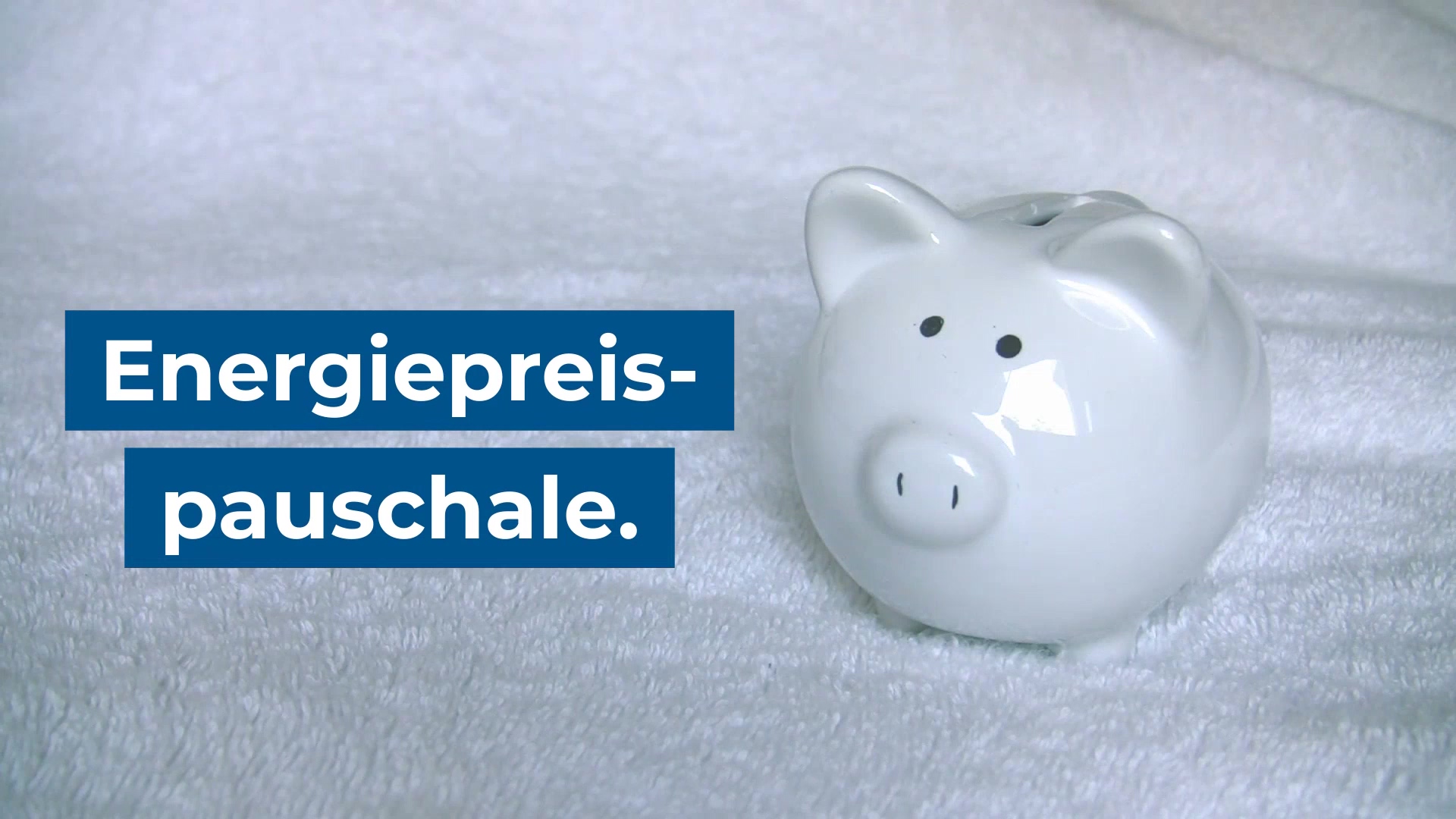Do you also want to offer the perfect online course? Or write the perfect book? Bring the perfect product to market? If you have said yes at least once by now, you can continue reading here.
In reality, we would all like to be perfect and would prefer to deliver perfect performances. Out of a sense of duty or a belief that the perfect result guarantees success or at least is the prerequisite for it. This can take a long time and you still don’t know if the result is perfect.
Perfectionism: Not a good guide
perfectionismmeaning you are still doing more than you did before. Nothing is good enough to be released into the world. It may be that you anticipate the desires of your product users without checking. Assume what your boss means by a perfect presentation. You anticipate what your customers might expect from your product. Where does this take you?
All of this prevents you from taking action and gathering real feedback on your product. You make assumptions and immediately work to act accordingly. Which gets you nowhere. Maybe you behave this way out of fear of making the project public and thus exposing yourself to criticism? Or you don’t get that far and plan the perfect product well in advance without actually taking action. Both lead nowhere. Perfectionism is not a good guide. It’s better to be productive.
Your demands instead of perfectionism
Ask yourself: what are your needs of yourself, of the result of your work? Do you want to make sure that your presentation is in the style of the company, has correct content and is eye-catching? Who does his job and convinces the boss and the end customer?
Should your product solve an important problem for your customers so that they buy it and enjoy working with it?
These are your values that you should not give up. They make sure you’re really good, that you deliver quality. But so you don’t have to guess what your goals are in detail, you need good information and a reliable structure for your project.
Information instead of perfectionism
The good news: good is simply good enough. Provide quality according to criteria known to you and recognized by the target group, but also according to your own standards. Without adding decorations or taking on nice-to-have features. Focus on what you want to achieve. How to proceed here: Get information about what is good enough in your specific case.
- Figure out a definition of “done” for each task regarding what is good enough
- Specifics such as corporate design and client text for presentation
- Customer requirements for the product
- Budget framework and timelines for everything you do.
You will receive good data on what could be done better only when you complete your good project and release it for feedback.
The golden triangle of productivity
There is a great tool to keep you updated during implementation: the three dimensions of a project, of which only two can be satisfied at any time:
- Characteristics or qualities
- Time
- Costs
This says in detail:
- If you have to implement extra, high-quality features in a short time, costs will increase
- If you want to implement extra, high-quality features as cheaply as possible, it will take a little longer
- If you want to do a project quickly and cheaply, there’s no room for extras
Especially if you want to launch a new virtual product, such as an online course or your YouTube channel, you should choose the third option to get started quickly and collect real feedback. Because here there is the greatest possibility that you still want to improve something: the presentation slides, the background, the lighting, your outfit. Or that you believe from the beginning that you simply can’t get started without expensive equipment. The best thing to do is to watch Martina Bloch’s video and let yourself be motivated to start with the good content that your target group needs, without spectacularity and in a targeted way. Better authentic than artificial, better now than too late!
Start small and imperfect
If you have a brilliant idea but don’t yet know if you will find customers: start small with an MVP, minimal viable product. Present the idea to the intended audience in the simplest, cheapest and fastest way possible. This can be an initial survey about your topic on Facebook or with SurveyMonkey, or a short webinar. The main thing is that you know your potential target group and where they are located. This way you can get feedback at an early stage and find out what features your product really needs. This way you will no longer be dependent on guesswork and can invest time and energy specifically in the tasks that your product must perform to reach the customer. This is no guarantee of success, but you can avoid the trap of unfocused perfectionism.
This is true productivity: showing up with good products and gathering real feedback and then becoming even better. With this in mind: you just need to have the courage to start!
latest posts published

Are you starting to run? This is how we persevere!

Your time invested profitably every day: What are your EPAs?

Energy flat rate: who is entitled to the 300 euro bonus?

Here’s how companies choose the right solution

Set and achieve goals with SMART

Different working models and employee retention: a connection?

Flexible working hours

Personal Kanban in the notebook: be productive

Reporting for effective workforce management


